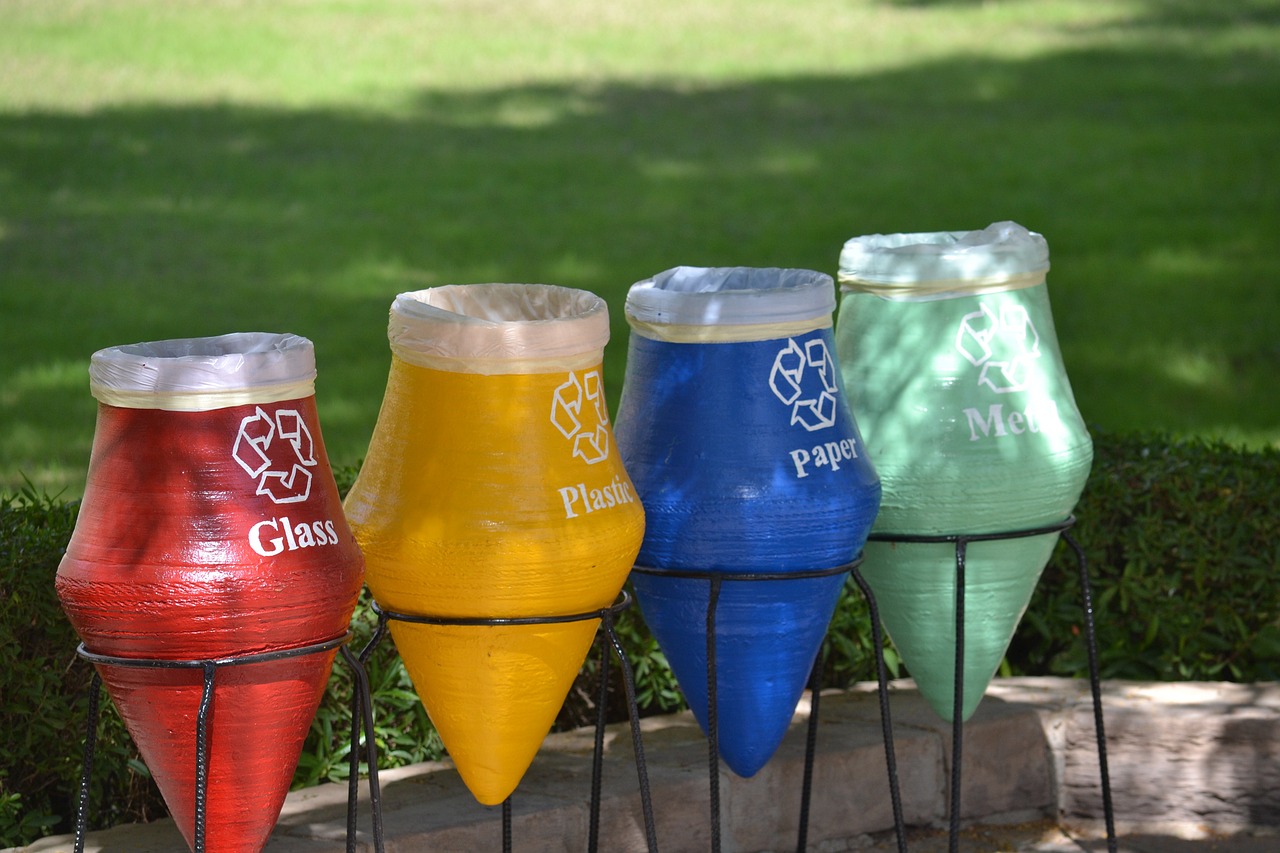By Anna Lexxy Mbucho
Cutting back on waste in daily life is essential for resource conservation, environmental protection, and building a more sustainable future. Reducing waste not only lessens the burden on landfills but also lowers greenhouse gas emissions, minimizes pollution, and preserves natural resources. Here are some tips for cutting waste in your daily life and the reasons why.
Waste that is produced in excess pollutes the environment and endangers species. We make less trash and toxic materials available to the environment by cutting back on waste. A limited supply of natural resources is used to make many products. Cutting waste helps preserve raw materials for next generations by using less of them.
Energy is needed to create new goods from raw materials. Reusing and recycling things lowers your energy consumption and carbon footprint. By lowering the quantity of garbage, you produce and the need to buy disposable goods, you can reduce waste and save money. Methane is a powerful greenhouse gas that is primarily produced by landfills. Cutting less on waste contributes to fewer landfills being used, which lowers methane emissions.
Recycle, reuse, and reduce waste by following the three Rs. Cut down. Acquire only the necessities, select items with minimal packaging, and steer clear of single-use items. Make the choice of long-lasting, robust items. Recycle. Instead of throwing away old electronics and clothing, consider repurposing them as containers or donating them. Conserve. Sort and recycle materials such as glass, metal, plastic, and paper properly. Learn the recycling regulations in your area to guarantee efficient recycling.
Instead of single-use plastic bags, takeout containers, and bottles, use reusable shopping bags, containers, and water bottles. Plastic waste can be decreased with this easy adjustment. Choose products that are biodegradable or manufactured from recycled materials. Steer clear of items with bulky packaging or non-recyclable materials.
Compost yard waste and kitchen leftovers to cut down on the quantity of waste dumped in landfills. Composting improves soil quality and lessens the need for synthetic fertilizers. Plan your meals so that you only purchase what you need, store food correctly, and use leftovers in inventive ways. Food waste reduction eliminates excess waste and saves money. Steer clear of single-use plastics like straws, plates, and silverware. When you leave the house, bring your own reusable supplies. Whenever possible, fix broken products instead of buying new ones. This method decreases waste while extending the life of your possessions. Bulk purchases cut down on wasteful packing. When purchasing goods like grains, nuts, and spices in bulk, bring your own containers.
To cut down on paper waste, choose digital versions of bills, documents, and subscriptions. When traveling, use digital boarding passes and e-tickets. Raise others’ awareness of the need to reduce trash and motivate them to adopt sustainable behaviors. Encourage your community to adopt improved trash management regulations.
Repair as opposed to replacing. Instead of throwing away broken furniture, electronics, or clothes, repair them. To reduce waste and encourage a more sustainable lifestyle, these small adjustments can have a major impact. Creating a sustainable future for ourselves and future generations is just as important as conserving the environment by reducing waste in daily life. We have the power to drastically reduce the amount of garbage we make and lessen our environmental effect by choosing to reduce, reuse, and recycle. Together, we can make a difference since every little action adds up.

